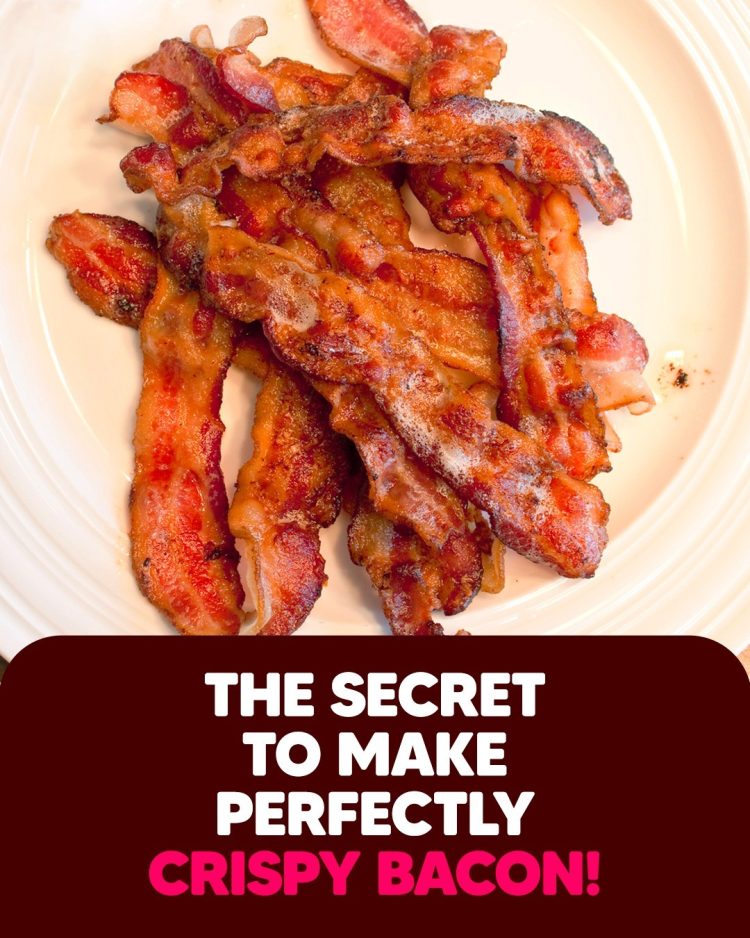Lay your bacon strips flat in a single layer, making sure none of the strips overlap. Overlapping strips result in soggy bits on your bacon. Whether using a tray and wire rack or just the foil-lined baking tray, ensure the strips are evenly spaced for even cooking. Once the bacon is cooked to your liking, transfer it to a paper towel-lined plate to soak up any excess grease. Serve immediately. The fat left in the baking tray can be drained into a clean glass storage jar with a lid and used to add flavor when cooking eggs, roasting veggies, or other dishes.
READ MORE
How to cook bacon: the secret to make it super crispy!
Baking Time and Temperature
Bake the bacon for around 15-20 minutes, depending on how crispy you like it. If your oven is fierce or you’re unsure, start checking the bacon at around 12-15 minutes. Keep an eye on it until it’s done to your liking. Here’s a guide for different temperatures:
At 350°F (175°C): Bake for 20-25 minutes.
At 375°F (190°C): Bake for 18-22 minutes.
At 400°F (200°C): Bake for 15-20 minutes.
Adjust the time based on the thickness of your bacon and how crispy you prefer it.
Do I Have to Flip The Bacon?
You do not need to flip the bacon when cooking it in the oven. The heat circulates evenly around the bacon, ensuring both sides cook properly. However, if you prefer, you can flip the strips halfway through the cooking time for an extra touch of crispiness.
Do I Really Need to Use Aluminum Foil?
While using aluminum foil makes cleanup easier, it’s not absolutely necessary. You can cook bacon directly on the baking tray, though it might require more effort to clean afterward. Alternatively, parchment paper can be used, but it might not handle the high heat as well as foil.
How to Prevent the Bacon From Splattering Everywhere
To cook bacon in the oven without it splattering all over, use a wire rack in the baking tray to lift the bacon off the tray and allow fat to drip down. Another method is to lightly cover the bacon with another layer of foil, creating a tent-like shape. This traps the splatters while allowing steam to escape, preventing sogginess.
